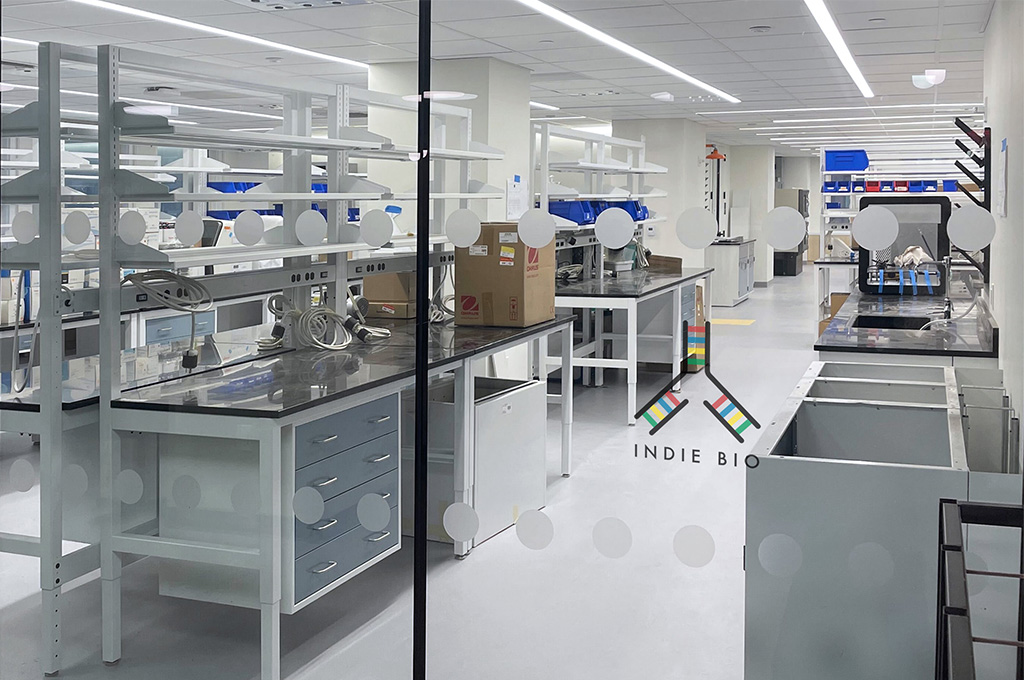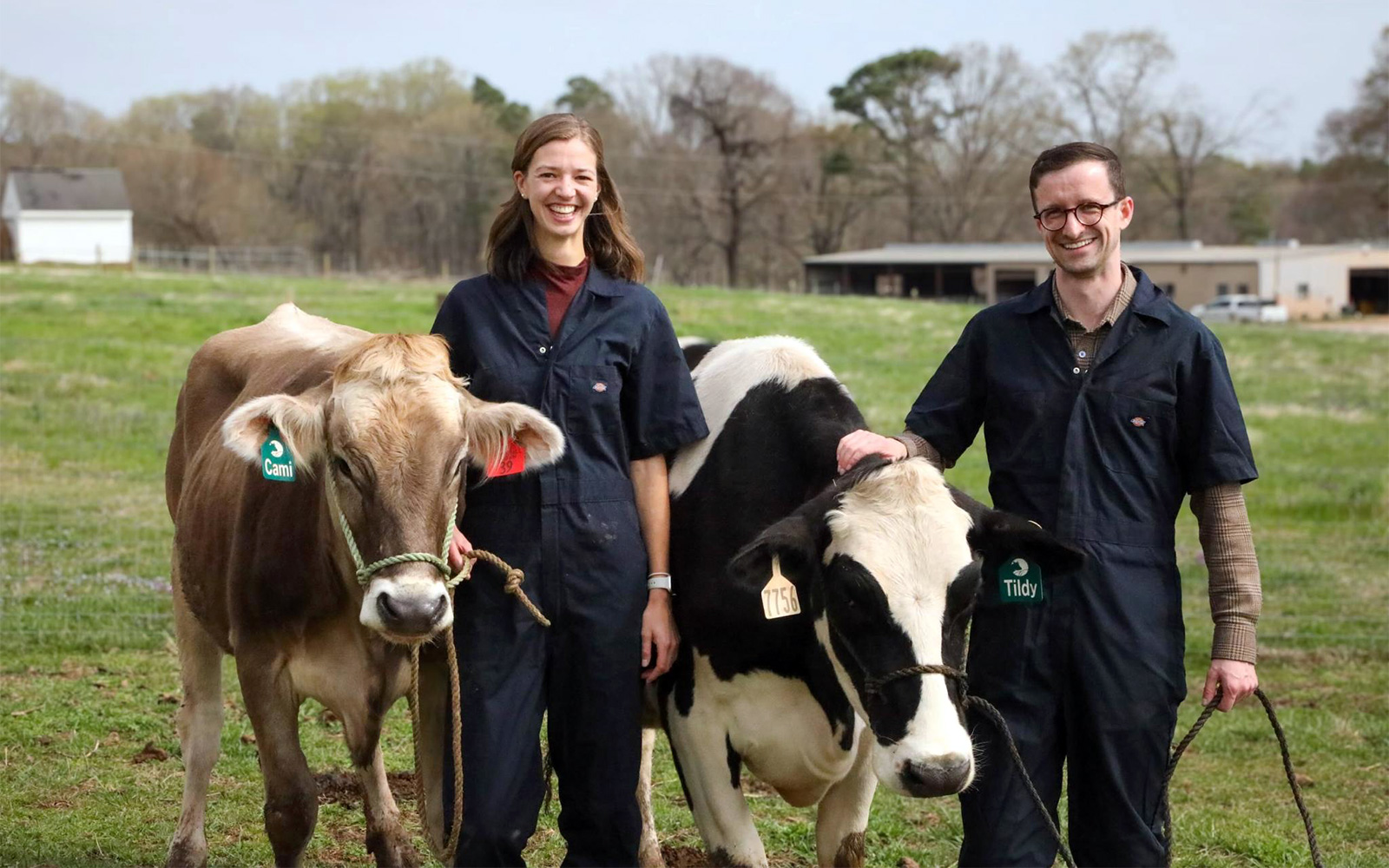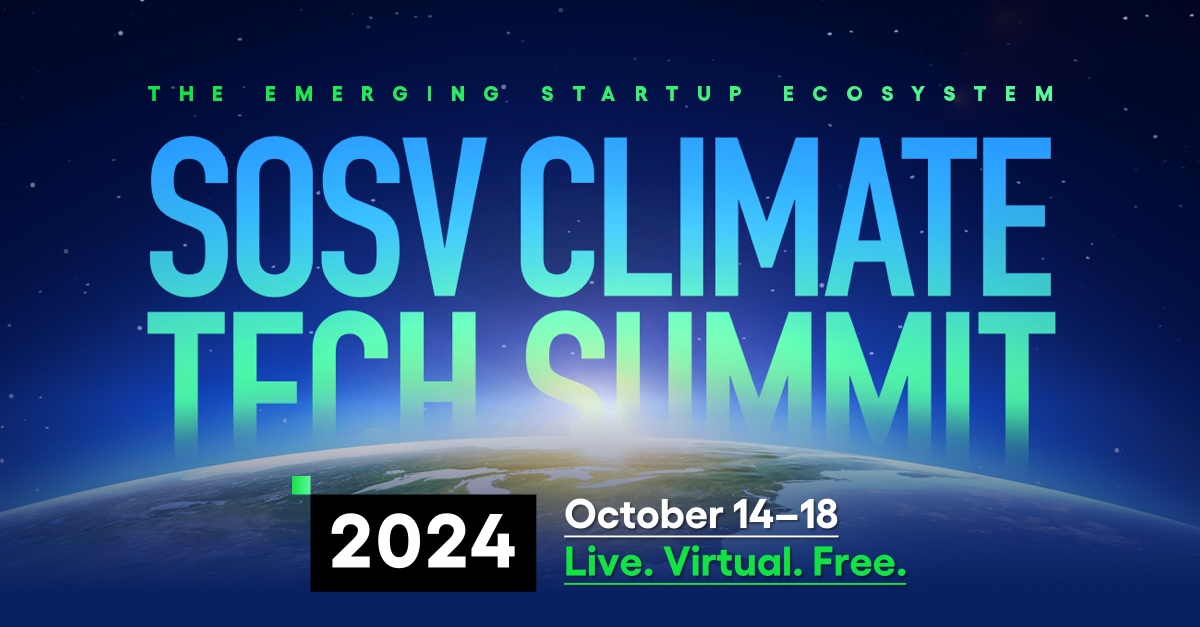Inso Bio is solving the biggest bottleneck in genomic analysis: DNA extraction. This process currently takes highly skilled scientists several hours to complete, which Inso Bio can decrease to a 40 minute automated process.
Watch Inso Bio present at IndieBio NY Class 3 Demo Day
We spoke with CEO Harvey Tian, Ph.D., about the Inso Bio technology and Harvey’s vision for the future of genomics.
When did you learn about the problems in purifying DNA for genomic analyses?
I became aware of how difficult it is to prepare samples and process biological samples during my PhD at Cornell.
When people prepare genomic samples, right now they generally have to go through a series of steps to get to the DNA to a point where you can go into further analysis. That generally involves an extraction of the DNA, a purification of that DNA, and then a sizing of the DNA down to the proper sizes for the subsequent analysis.
Generally when people are doing this, they use beads-and-columns technologies and binding technologies that rely on binding affinities to hold on to the DNA, and they have to wash and dilute that DNA, dehydrating it and rehydrating it through many cycles, as well as transferring that DNA and sample through many steps. This causes a lot of sample loss and a lot of sample damage: things that we can avoid using our Inso Bio system.
What is the mission of Inso Bio?
Our company mission at Inso Bio is to make genomics more accessible, and to do so by building uniquely innovative tools as a front end processor of biology.
The unique aspect of our technology is that we’re able to keep the DNA in solution through the entire processing. And it owes to our name—In So—by keeping it in solution. By doing so we’re actually damaging the DNA less, and our system can both extract and purify in the same step, which reduces the amount of time significantly.
We’re not trying to build a technology that is only useful for a specific type of analysis; what we are trying to build is a tool that can process biological samples for a wide range of genomic analyses. This includes DNA sequencing, for both short read sequencing as well as long read sequencing, as well as other types of analysis methods like optical mapping, for example.
How does your instrument better purify genomic DNA?
The Inso micropillar array can hold onto DNA similar to how you can think about a fork holding on to spaghetti: it’s purely based on the long lengths. It’s based off of the size of genomic DNA that is in our cells, and it can retain and hold onto that DNA, whereas other molecules, such as proteins, or lipids, or RNA, all that’s washed through our flow cell. That can be collected separately for multi-omics analysis, or it can be discarded, depending on the application.
I think that if we apply our solution correctly, we’ll be part of the background, essentially. What I mean by that is, Inso will be part of one of those ubiquitous instruments that sits on a lab bench and performs a certain process that everybody sees and recognizes and knows how to use. Similar to how a thermocycler is used for PCR, and many laboratories have a thermal cycler—we don’t see it as a novel piece of technology, but we wouldn’t be able to imagine going through the PCR process without a thermal cycler.
How does the micropillar array work?
The underlying core component of our technology is the micropillar array technology. What this technology does is two very unique things that no other technology is capable of doing.
The first is that it can physically extract DNA. Essentially, it doesn’t rely on any surface chemistry or binding chemistry in order to hold on to the DNA when the cells are popped, when they’re licensed.
The second unique function of our system and this micropillar array is that it can purify the DNA through an inflow process by keeping the DNA in solution without needing to dehydrate and rehydrate that DNA through precipitation steps.
Who is on your team?
My team is composed of myself and my two co-founders, whom I have immense respect for. My first co-founder is Professor Harold Craighead, whom I actually did my PhD with. He was my PhD advisor. Harold was really the first person to believe in me and gave me the chance to not only study under him as a PhD student, but also supported me in the journey of the nascent formation of this company,
My second co-founder is Adam Bisogni. Adam and I had worked together for many years as PhD students, and then a few more years during his postdoc. He comes from more of a biological sciences background, and I come from more of an engineering heavy background. The way that we’ve been trained to approach problems happens to complement each other very well.
What will the world look like when genomic technologies become more widespread?
I think that our world is set to be changed by genomics in the coming revolution that is brought on through genomic technologies. And similar to the computer revolution that changed our lives and our society. Genomics will likely have a similar level of impact—and similar to the computer revolution, which couldn’t have all happened if computers weren’t made accessible first, and not just for trained computer scientists to use, but for everyone to use.
I think in the same way, that’s what we’re trying to do at Inso Bio is make performing genomics and genomic analysis itself more accessible and easier, in order to enable the genomic applications—both biological and clinical—of tomorrow.



